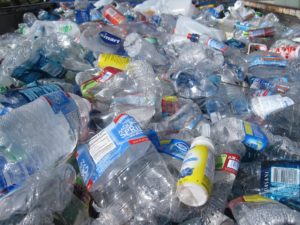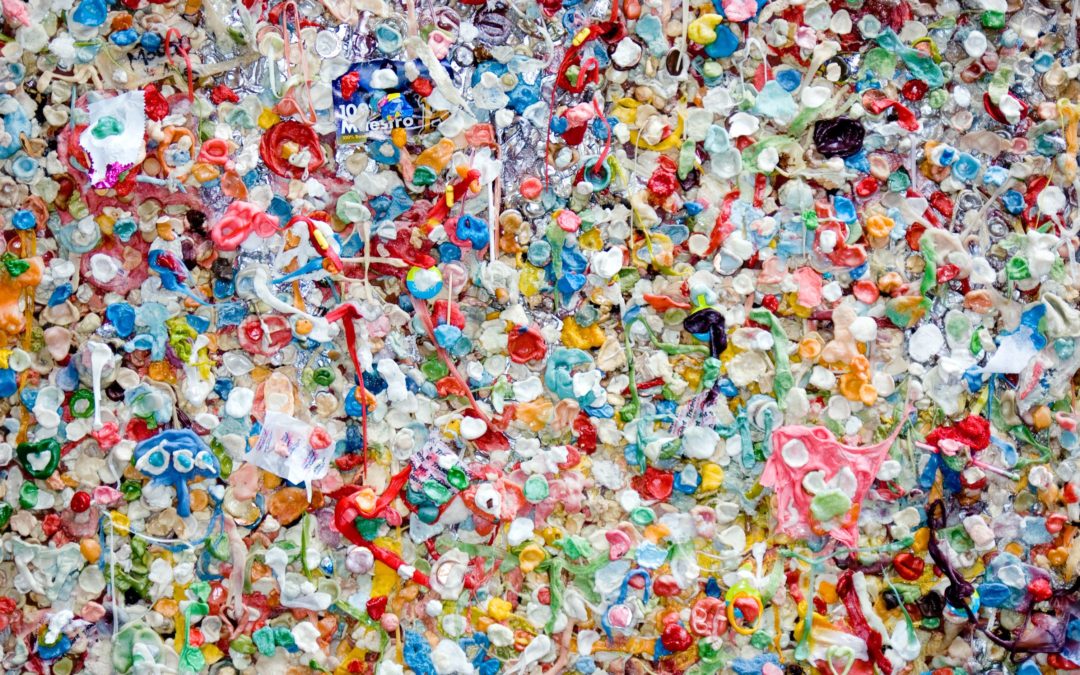With over one million plastic bottles sold around the world every minute, the planet is reaching a breaking point when it comes to pollution. Only 14% of those bottles are recycled, and those that are left are far from decomposing. They end up on the side of every road, in every forest, and in every ocean. Sea turtles die with plastic in their stomachs and entire islands are forming out of trash that never made it to a recycling plant. The world is drowning in plastic, but there might be a solution on the horizon. Scientists discovered a plastic-eating enzyme that could change the way the world recycles and manufactures plastic.
An Astonishing Discovery
Named Ideonella sakaiensis, or PETase, this plastic-eating enzyme was found by accident. Researchers made the surprising discovery at a bottle recycling site in Japan. That was in 2016, and since then, researchers have managed to improve the enzyme and get it closer to being a long-term solution for the world’s plastic problem.
The naturally-occurring enzyme breaks down the popular type of plastic called polyethylene terephthalate (PET). PET plastic is most commonly used to make plastic bottles and makes up about 20% of the global plastic production. PETase essentially eats the plastic to break it back down to its original parts. It starts working in a few days compared to the centuries it takes for a single scrap of plastic to decompose on its own. Research leader Prof John McGeehan from the University of Portsmouth said about PET,
“It is incredibly resistant to degradation. Some of those images are horrific. It is one of these wonder materials that has been made a little bit too well.”
The Plastic Problem

With oil being so cheap, it’s more affordable in today’s economy to manufacturer virgin PET than it is to recycle. And even still, recycled plastic bottles cannot be turned back into plastic bottles. The recycling process strips the material of its quality. Recycled plastic can only be used for opaque purposes in things like carpets or clothing. With this new enzyme, there is potential for a clear plastic bottle to be broken down into its base components and then rebuilt to be another clear plastic bottle. This would drastically reduce the production of new PET and curb the world’s dependency on oil.
Looking Toward the Future
Before we get to that point, however, researchers are searching for a way to optimize the enzyme. PET is a relatively new technology and has only been manufactured en masse for about 50 years. In terms of biological evolution, that’s almost no time at all. This makes this naturally-occurring plastic-eating enzyme even more of a breakthrough.
For a better understanding, researchers created a high-definition 3D model of the enzyme using a powerful x-ray beamline. With this model, they could see individual atoms. They studied its structure, and with a few surface adjustments, they were able to change the enzyme to make it more efficient. McGeehan reported their adjustments made the enzyme 20% better and suggest that more improvements are possible.
He said,
“It is a modest improvement—20% better—but that is not the point. It’s incredible because it tells us that the enzyme is not yet optimised. It gives us scope to use all the technology used in other enzyme development for years and years and make a super-fast enzyme.”
In addition to making the enzyme more efficient, researchers must also find a way to develop PETase on an industrial scale while staying within a budget. They will also need a full life cycle analysis to ensure that by tackling one problem (plastic pollution), the enzyme doesn’t cause other environmental setbacks like increased greenhouse gases.
As more plastic bottles are manufactured and bought every day, the world will continue filling up with pollution. A recent NREL study shows that 8 million metric tons of plastic have entered the Earth’s water. And by 2050, it’s estimated there will be more plastic in the ocean than fish. These statistics point to a crisis situation that needs to be addressed. The plastic-eating enzyme is one step toward finding a permanent and long-term solution.

